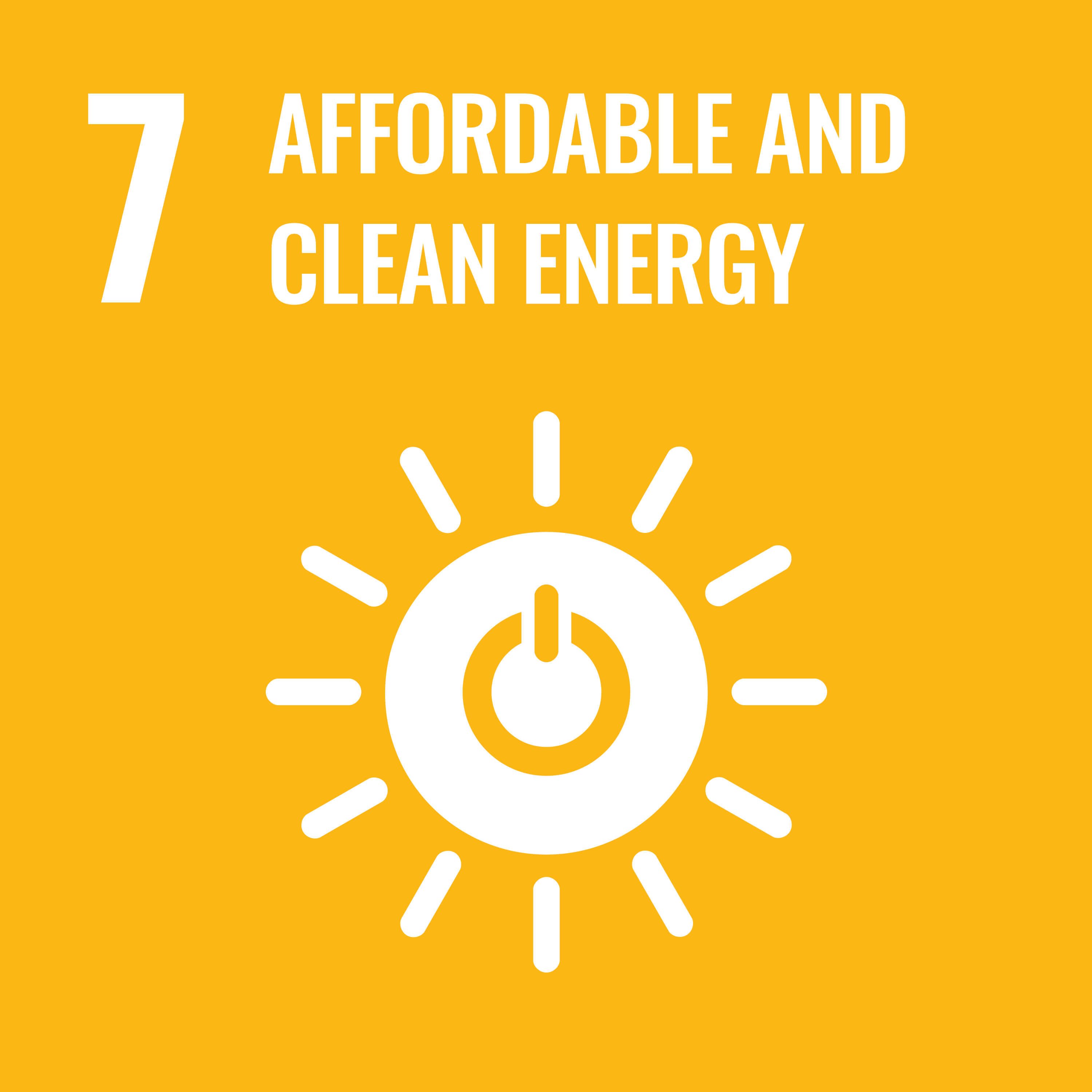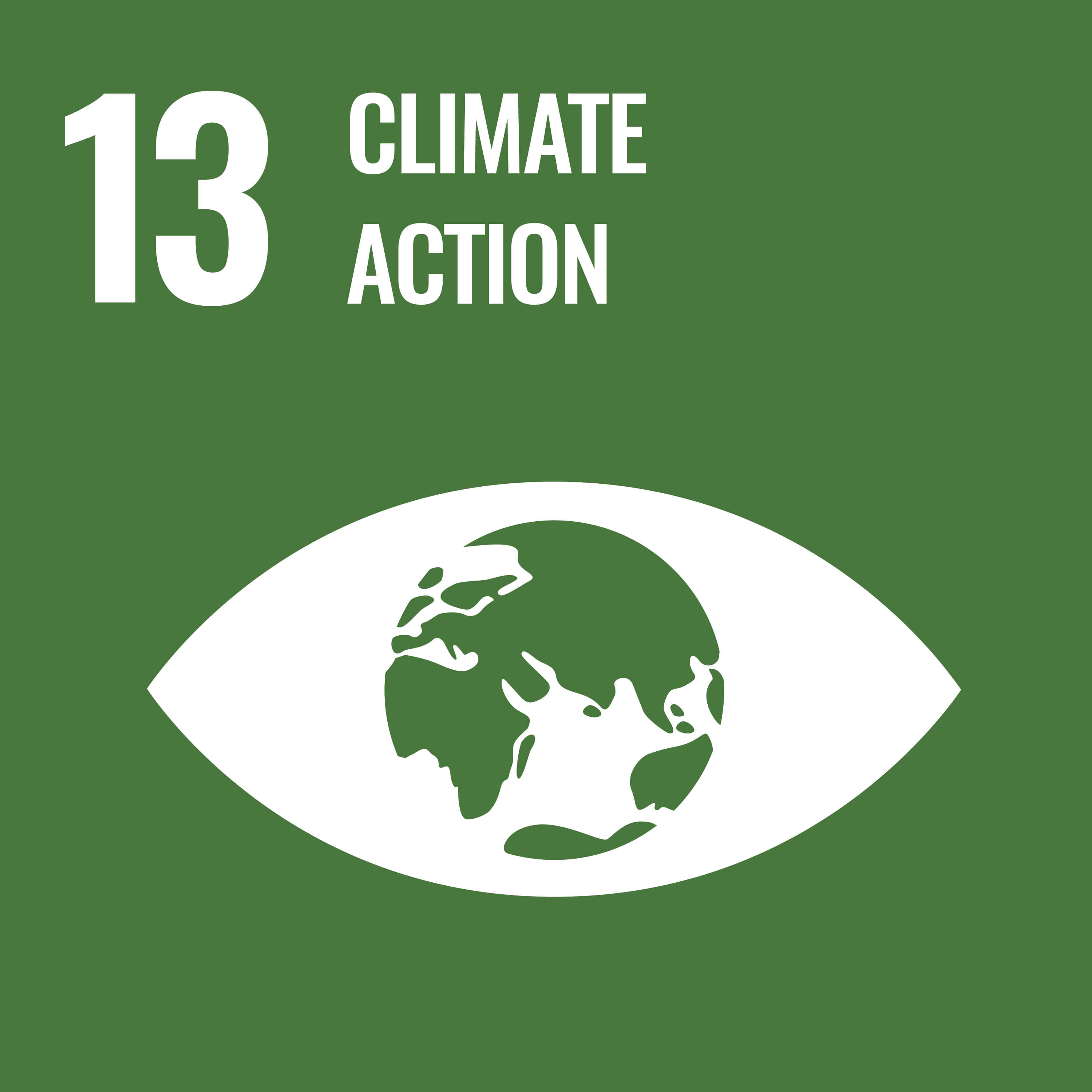Promoting a Decarbonized Society
Materiality 3
Relevant SDGs


Vision
Strategy
Basic Approach
In light of the emerging impacts of climate change and social trends toward decarbonization, the Nikon Group identified environmental considerations throughout the product lifecycle within the Nikon Environmental Policy. We defined the realizing a decarbonized society as one pillar of the Nikon Long-Term Environmental Vision. In January 2024, we obtained certification for our Net-Zero target for net zero greenhouse gas emissions throughout the value chain by fiscal year 2050 in line with requirements established by the SBT Initiative*. At the same time, we recertified our previously approved greenhouse gas reduction targets (short-term targets) for fiscal year 2030. Meanwhile, we accelerated our target year by 20 years to achieve 100% renewable energy by fiscal year 2030, rather than our previous target year of fiscal year 2050.
Our Medium-Term Management Plan for fiscal years 2022 to 2025 defines targets to reduce Scope 1 and Scope 2 greenhouse gas emissions by 46.5% compared with 2013 levels to achieve a 30% rate of renewable energy use. We achieved these targets ahead of schedule in fiscal years 2023 and 2022, respectively. We will continue working toward achieving our fiscal year 2030 targets.
- *Science Based Targets (SBT) Initiative: The SBT Initiative is a collaboration between CDP, an international NGO working on environmental issues such as climate change, the United Nations Global Compact, World Resources Institute, and the World Wide Fund for Nature. The initiative targets achieving the Paris Agreement-mandated objective of holding the increase in the global average temperature to below 2ºC above pre-industrial levels. It certifies the CO₂ emission reduction targets of companies that are in line with emissions reduction scenarios based on scientific facts.
The Nikon Group’s Science Based Targets (SBT)
- Net-Zero target
Reach Net-Zero* greenhouse gas emissions across the value chain by fiscal year 2050 - Short-term targets
Reduce Scope 1 and 2 GHG emissions by 57% by fiscal year 2030 compared to the base year of fiscal year 2022
Reduce Scope 3 greenhouse gas emissions by 25% by fiscal year 2030 compared to the base year of fiscal year 2022

- *Reducing GHG emissions (Scope 1, 2, and 3) across the value chain by 90% and neutralizing remaining emissions in accordance with standards set by the SBT Initiative
Indicators and Targets
| Indicators and Targets (Target Fiscal Year) | FY2023 Plan | FY2023 Results | FY2024 Plan |
|---|---|---|---|
| Scope 1 and 2 reduction (compared to FY2022): 57% (FY2030) | Vs. FY2013*: 36.5% | Vs. FY2013*: 66.9% | Vs. FY2022: 50% |
| Scope 3 reduction (compared to FY2022): 25% (FY2030) |
|
|
|
| Achieve renewable energy adoption rate of 100% | 25% | 69.3% | 69% or more |
- *Base fiscal year before a target review conducted in March 2024.
Sustainability Report
For more information, refer to Promoting a Decarbonized Society in the Sustainability Report.
Decarbonization Initiatives
-
Basic Approach
-
Strategy
-
Governance
-
Risk Management
-
Indicators and Targets
-
Major Initiatives
Responses to CDP
Nikon is responding to a questionnaires from CDP*.
- *A global non-profit that drives companies and governments to reduce their greenhouse gas emissions, safeguard water resources and protect forests. Working with institutional investors, it leverages investor and buyer power to motivate companies to disclose and manage their environmental impacts.
